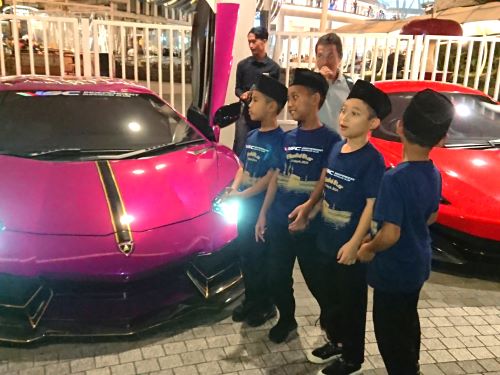Stellantis is currently building combustion engines in Szentgotthárd; specifically, 1.2-liter turbo three-cylinders and 1.6-liter four-cylinders are rolling off the production line there. In just under three years, electric drives for several Stellantis models will also come from the city, which is located near the Austrian-Hungarian border. The manufacturer is now announcing a 103 million euro investment, which includes both Stellantis capital and grants from the Hungarian government.
Regarding the electric motors, the company only specifies that they will be EDMs for the upcoming STLA platform. Stellantis announced plans for the new platform in 2021. Accordingly, the “STLA Small” for small and compact cars replaces the second generation of the e-CMP platform. The new platform is intended to enable ranges of at least 500 kilometers for cars in segments A, B and C. There is also “STLA Medium” for cars in segments C and D and “STLA Large” for cars in segments D and E with ranges of up to 700 and 800 kilometers respectively. From 2024, the fourth Stellantis platform will be “STLA Frame” for large SUVs and pickup trucks with BEV ranges of at least 500 kilometers.
The production of the electric motors will be housed in Hungary in the factory’s existing buildings and will be carried out by trained employees, it is said. “Relocating the production of electric drive modules to Szentgotthard to support our transformation towards electrification is another important part of our goal to offer our customers clean, safe and affordable mobility,” emphasizes Arnaud Deboeuf, Stellantis Chief Manufacturing Officer.
The investment in Hungary is the latest example of Stellantis’ strategy to produce e-components in existing factories. The group is already using its production facilities in Tremery-Metz, France, for electric motor production (in cooperation with Nidec). In Kokomo, USA, this step is planned for the third quarter of 2024. Production of next-generation electrified dual clutch transmissions (eDCTs) is also scheduled to begin in Mirafiori, Italy, this year. These are intended for the group’s hybrid and plug-in hybrid vehicles.
In principle, Stellantis is aiming for 100 percent battery-electric cars in Europe and 50 percent battery-electric cars and light commercial vehicles in the United States as part of its “Dare Forward 2030” e-roadmap by the end of the decade.





